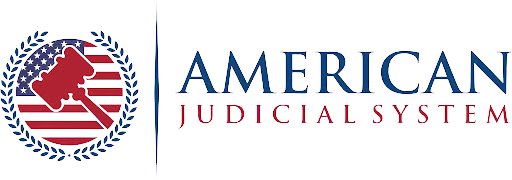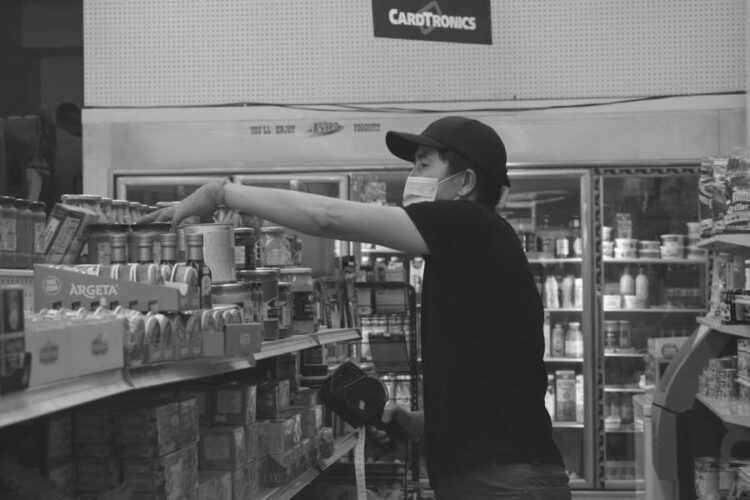Sharp edges in retail environments pose serious risks that many store owners overlook until someone gets hurt. Metal shelving, display fixtures, and glass surfaces can cause cuts ranging from minor scratches to deep wounds needing stitches. Preventing these accidents before they happen protects customers and saves businesses from expensive lawsuits that often involve personal injury attorneys.
Finding Sharp-Edge Hazards Throughout Stores
Metal shelving develops sharp edges where parts connect or protective caps fall off over time. Display racks with exposed screws, brackets, or corners create risks when people browse merchandise in cramped aisles. Glass cases and mirrors chip or crack, leaving dangerous edges that snag skin or clothing.
Checkout counters and promotional displays sometimes have decorative metal or wood elements without proper edge protection. Damaged shopping carts develop sharp metal burrs along handles and basket edges that slice hands. Even price tag holders and sign brackets can have pointed corners that hurt shoppers reaching for items.
Setting Up Regular Inspection Routines
Morning walkthrough inspections catch hazards before customers arrive. Staff should examine busy areas each day, checking shelving units, display cases, and fixtures for damage or missing protective parts. Pay extra attention to spots at kids’ eye level where sharp corners present greater dangers to young shoppers.
Weekly detailed inspections cover fixtures that aren’t touched as often but still pose risks. Workers should test protective caps and corner guards to make sure they’re still attached and haven’t worn out. Keeping records of these checks creates accountability and helps spot recurring issues that need permanent fixes.
Adding Protective Barriers And Guards
Corner guards made from rubber or plastic cushion sharp edges on shelving units and displays around the store. These cheap additions absorb impact and stop cuts when customers bump into fixtures while navigating crowded aisles. Guards come in different colors that either blend in or stand out as warnings.
Edge protectors designed for glass prevent injuries from chipped display cases and mirrors. Foam strips or rubber bumpers along exposed metal edges remove cutting hazards on shopping carts and storage equipment. Protective covers for screw heads and bolt ends prevent snags and scratches on fixtures.
Keeping Proper Spacing And Traffic Flow
Wide enough aisles stop customers from brushing against fixtures and reduce contact with potential sharp edges. Stores need at least 48 inches of clearance in main aisles for shopping carts and safe passing. Narrower side aisles require extra edge protection, as people navigate them more closely.
Smart placement of displays keeps sharp-edged fixtures out of busy zones where contact is more common. End caps and promotional displays should have rounded edges or adequate padding when placed in high-traffic areas. Keeping walkways clear of protruding fixtures reduces the risk of customers backing into or turning quickly toward dangerous edges.
Teaching Staff How To Handle Hazards
Workers need straightforward steps for dealing with sharp-edge hazards they find during shifts. Staff should know how to temporarily secure dangerous edges with tape or barriers until repairs happen. Quick action stops injuries and shows the store cares about customer safety.
Training should teach employees to spot warning signs, such as peeling protective strips, loose corner guards, or damaged fixtures. Workers become your first line of defense when they understand their role in identifying and reporting hazards. Regular safety meetings drive home the importance of staying alert and keeping protective measures at the forefront of mind.
Building Clear Repair And Replacement Systems
Damaged fixtures need quick repair or removal rather than staying in use with Band-Aid solutions. Stores should stock replacement corner guards, edge protectors, and repair materials for fast fixes. Having relationships with maintenance contractors means specialized repairs get done quickly when you can’t handle them yourself.
Older fixtures that continue to develop sharp edges often require complete replacement rather than ongoing patchwork. Setting aside money for systematic updates prevents the buildup of aging equipment that gets progressively more dangerous. Modern fixtures built with safety features cut long-term liability while improving the shopping experience.
Conclusion
Preventing sharp-edge injuries requires consistent attention to fixture maintenance, the smart use of protective barriers, and trained staff who put safety first. These steps reduce accidents and create shopping spaces where customers feel comfortable browsing products. Stores that put comprehensive edge-protection strategies in place avoid the reputation hit and financial pain that follow injuries requiring help from personal injury attorneys.










